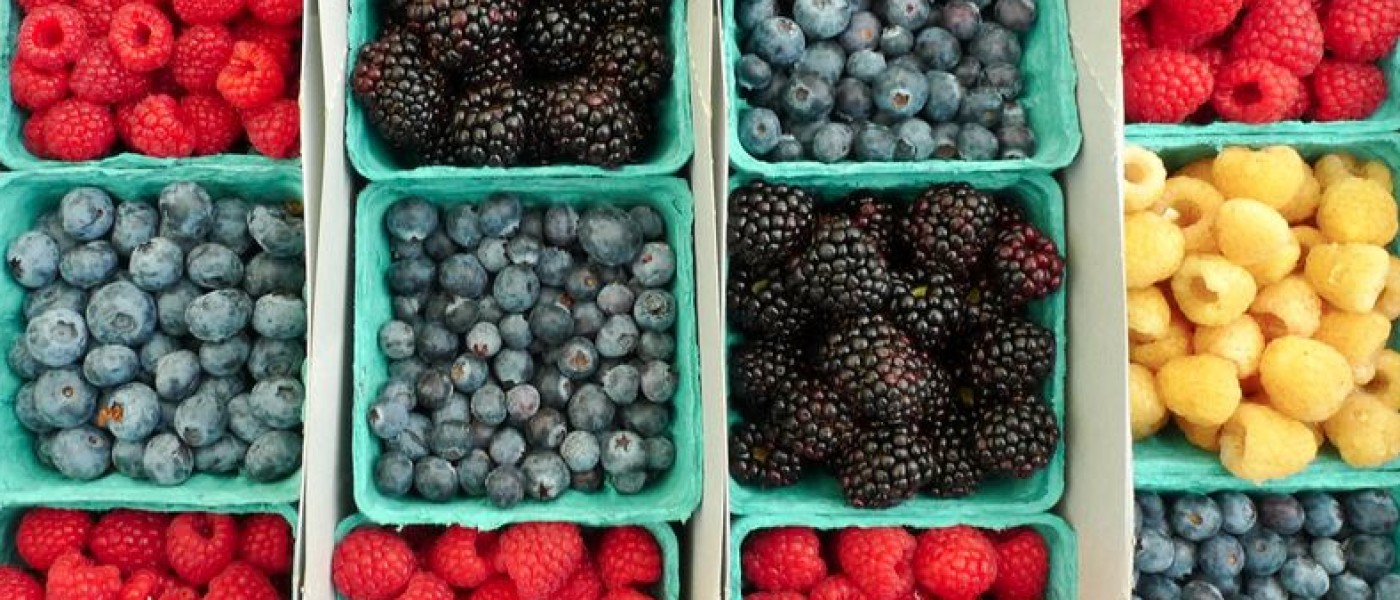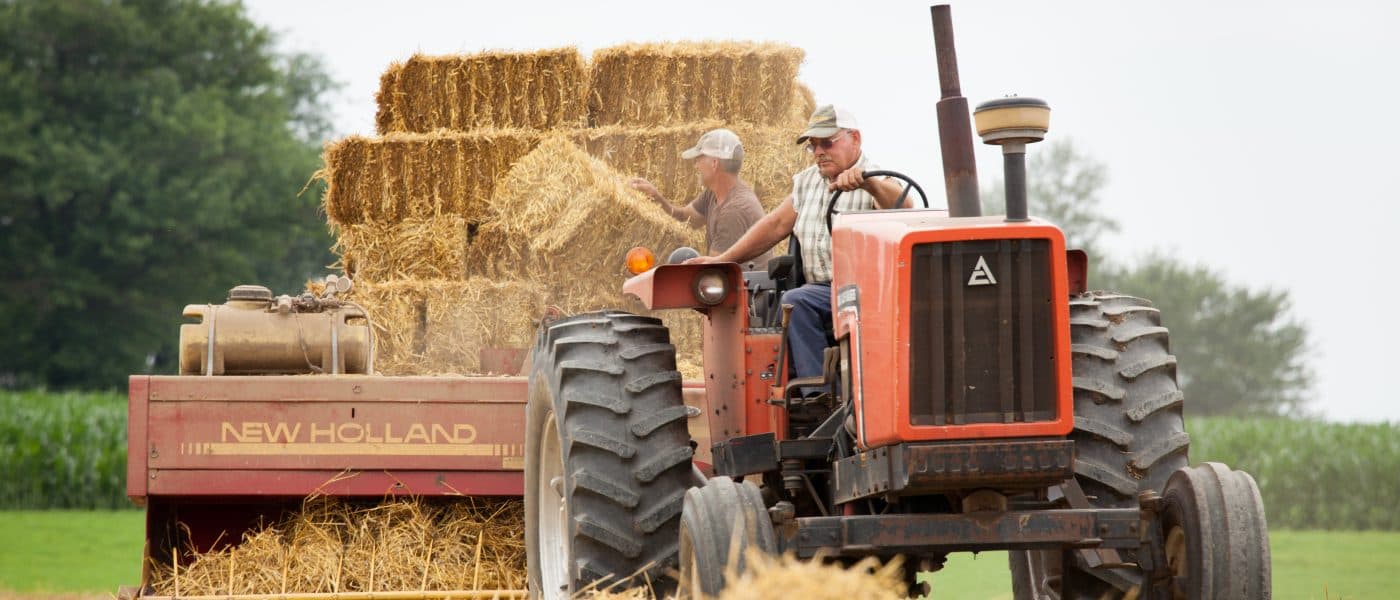Feeling hungry and very, very ready for lunch, I sit down and take a bite of my sandwich. The cheese is just fine, I guess—some decent pickles, a little limp lettuce, and not the best salami. But the biggest disappointment of all comes in the tomatoes. You’ve no doubt had ones like this; the pale, flavorless slice of wintertime tomato that’s ruined countless sandwiches and salads across America. The label may say “vine-ripened” and maybe that’s technically true, but whether it ripened or not and where that may have taken place, the sticker on these tomatoes should say, “Not fit for human consumption.”
It might seem like a weird time of year to talk about eating seasonally, but I think now is just right. Here in New England, it’s been months since we’ve had the “good stuff” we wait all year for. Sure, I love squash, carrots, dark leafy greens, beets and all the other wintertime specialties as much as the next guy, but now’s the time when I’m most desperate. My desires send me online searching for information on just when I can get my hands on pencil-thin fresh asparagus, firm and dark green zucchini, or the most supernaturally tender and tasty raspberries.
Seasonal eating means local eating—the two are deeply intertwined. Go to a farmers market, a basic way of getting a look at food from your area, and you won’t see those fresh raspberries in October (OK, maybe some of you lucky ducks will, but I sure won’t find them in Massachusetts). But grocery stores, where most of us buy most of our food, are pretty amazing places these days, with fresh produce available year-round. Just take a look at those asparagus calling out to you in January, though: they probably came from Chile. I’m not sure how Chilean Farm Aid (Granja Ayuda de Chile?) feels about that, but America’s family farmers aren’t benefiting from it when I succumb to those asparagusian temptations. And neither are my taste buds or my carbon footprint, which suffers each time I eat something flown in from thousands of miles away.
What’s In Season?
So what are some tips for eating locally and seasonally? There’s an easy one-step process: go to a farmers market and buy what’s available. Luckily, many of us now live in areas where farmers markets are open year-round. But that’s not the most realistic solution, so read on for more in-depth ideas.
Useful tools available online let you put in your location and find out which foods are in season in your area throughout the year. Knowing when fruits and vegetables will be available in my area gives me information about what foods I may want to avoid bothering with now and gives me something (like corn on the cob!) to look forward to. Easy to use options, including maps and calendars, can be found at Epicurious, Eat Well Guide and at Sustainable Table.
With that knowledge, I know what food is available and when to look for it, but that’s not the end. Buying produce in season means it’s usually at its tastiest and also its cheapest! Stop by a farmers market in August and you can get a huge bundle of basil for the same price as a tiny packet of it costs during February. Why not make a big batch of pesto (here’s an easy recipe) and freeze it when it’s cheapest? You could write a book on all the ways to preserve food, and a look at the bookstore shows that dozens of people have done just that. Freezing, canning or otherwise preserving in-season fruits and vegetables is a great way to capture some of that summer sun for enjoyment all year long. Check out HOMEGROWN.org’s Food Preservation forum for inspiration and information.
Homegrown’s All Right With Me
In the past few years, I’ve had my own little container garden where I’ve grown my own tomatoes, squash, herbs, peppers, lettuce and a few other favorites. Doing it has made me extremely aware of the limitations the seasons put on what food will grow in my area and when. If you’ve grown your own food, I’m sure you can relate to the satisfaction I’ve had when I sit down to a meal prepared with food I grew myself after months of carefully watering and tending to the plants.
Having even that limited experience growing food makes me happy and appreciative when I visit a farmers market and see a much larger variety of options spread throughout the months. Farmers are using greenhouses, cold frames and hoop houses to plant seedlings earlier in the winter or spring to get an early start on the growing season (take a look at this Ask Farm Aid article for more information on season extension).
As much as I think it’s a good goal, I definitely don’t eat only seasonally and locally. The dozens of dedicated families who document their participation in the “Dark Days Challenge,” where they try to eat only local food all winter long, would have a hearty laugh at the strawberries I ate yesterday. But I think it does pay to think about what’s in season in my area for a few reasons: for myself (better taste), for the environment (fewer resources flying my food around the world on the way to my plate) and for ensuring I’ll continue to be able to eat sustainable food grown by family farmers.
Further Reading
- Ask Farm Aid answers the reader question, “Is the USDA truly supporting local and regional agriculture?“
- Read about this month’s Farmer Hero Gary Purgason, a veteran who turned his family’s dormant North Carolina tobacco farm into fertile land for fruits, vegetables and free-range chickens.
- Visit our Find Good Food page for resources to find food from family farmers in your area.


